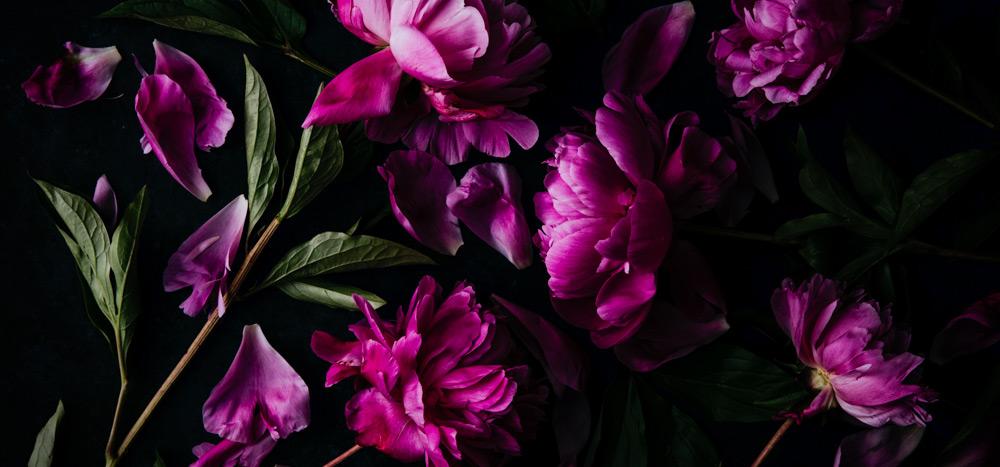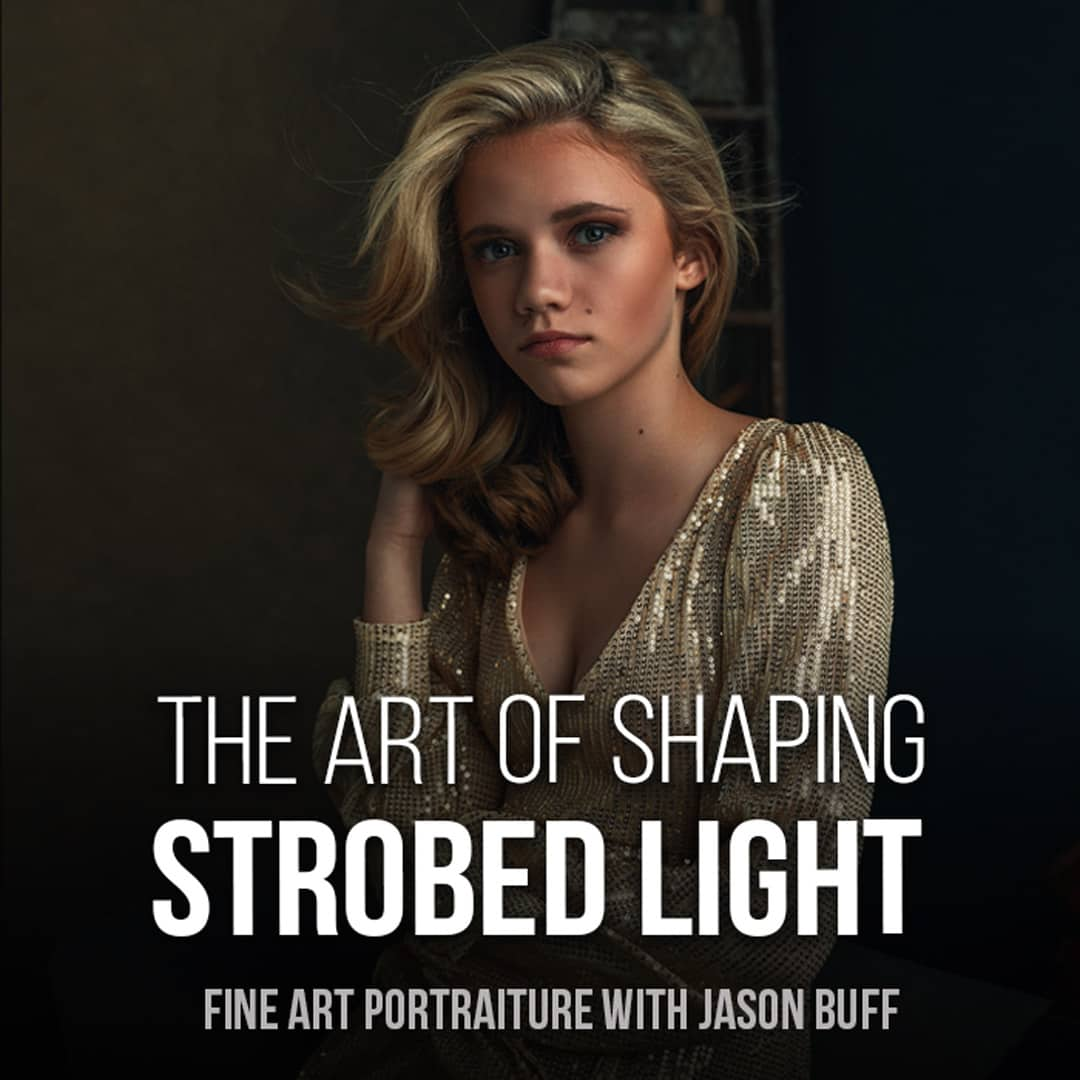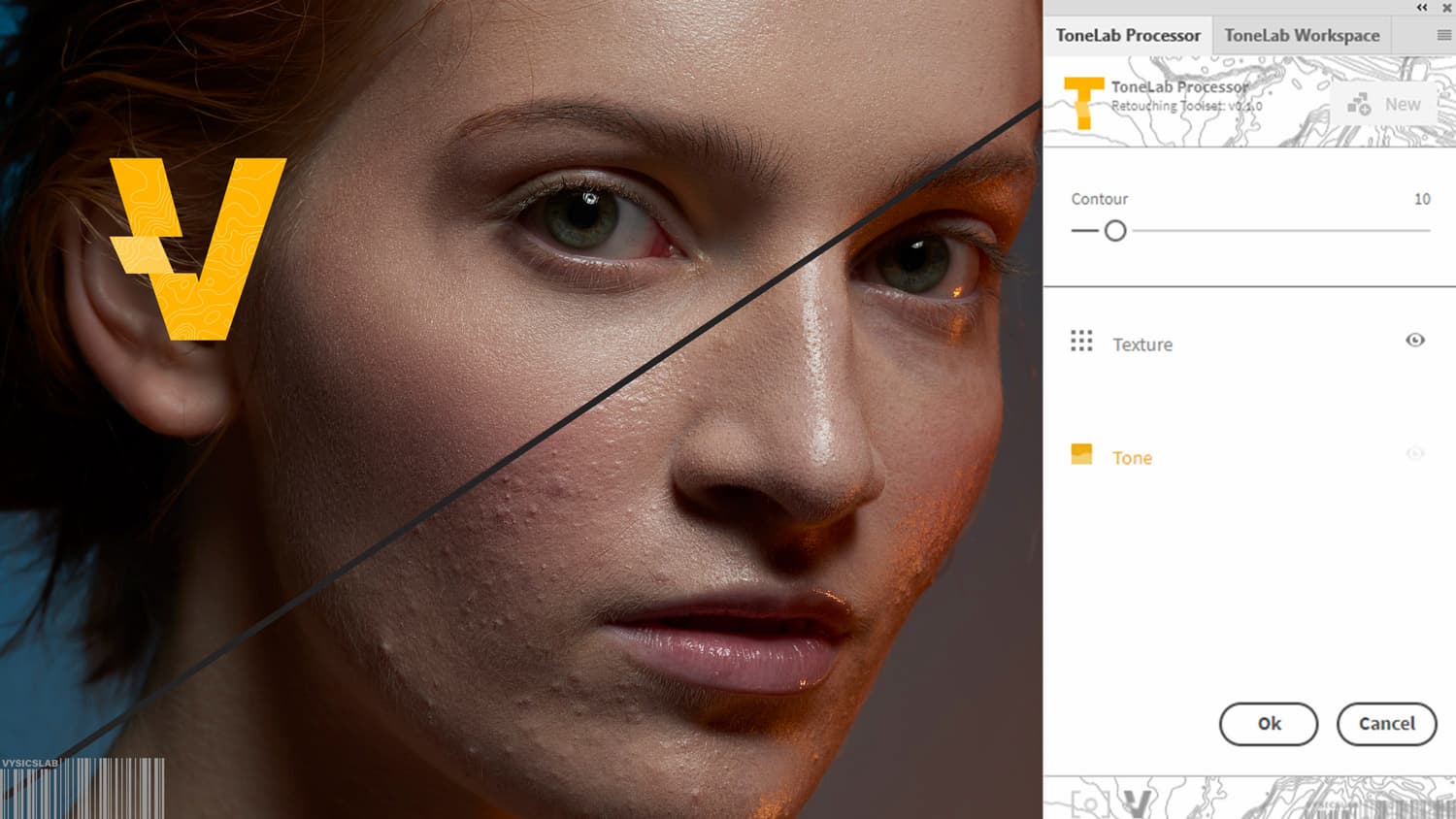Still Life photography is challenging yet highly rewarding. There is so much you can do creatively within the genre of still life.
The great thing about photographing still life is that you don't need a high-level studio or a lot of space to get started. You can do a lot with a simple table by a window.
Here are ten still life photography tips that will help you make stunning fine art images.

1. Choose the Appropriate Lens for Your Subject
Everything starts with the right lens. Having the appropriate lens to suit your subject is mandatory no matter what you shoot. However, you don’t need a wide assortment in your kit for still life photography. One or two high quality prime lenses will more than do.
The choice of your lens will largely be dictated by the camera you use and the size of its sensor.
If you're shooting on a camera with a cropped sensor, you might want to start with a50mm for the most versatility. Depending on the crop factor, this lens will function more like an 80mm does on a camera with a full-frame sensor.
Conversely, if you’re on a full-frame camera,a 50mm lensgives you a fairly wide angle for still lifes. If you're only shooting photos of one or two objects, or if your subject is small, there will be too much background visible in your shot. A lot of background in your shot can dwarf your subject and bring too much negative space to the photograph.
You'll also have to get very close to your subject, which might not be what you want.
A100mm macroor105mm micro lens is a great lens to have for still life photography. A macro lens isn't just for tight, close-up shots. It works great for portrait-style shots as well.
For still life, try using this lens from farther back than you ordinarily would shoot. When the100mmor 105mm macro/micro lens is used this way, you’re not actually using the macro capabilities of the lens. This makes it a highly versatile lens on a full-frame and a great choice if you can only afford to invest in one lens off the bat for your still life photography.
Another lens that is great for a full-frame camera is an85mm lens. This is generally known as a “portrait” lens, but it’s great for still life photography. It gives you a crop that is not too tight, and not too loose.
When it comes to lenses for still life photography, note that prime lenses are preferred to zoom lenses because of the sharpness they offer. Zoom lenses have many moving parts that can ultimately lead to lens diffraction and affect image quality. A lot of cheaper prime lenses are sharper than more expensive zoom lenses.

2. Use a Tripod for an Efficient Workflow
Still life photography is a slow and deliberate process of building and assessing your set, therefore,working with a tripodfrees up your arms to work carefully and efficiently.
It also helps you maintain the same position from shot to shot if required. This is important if you're working on a series of still life photos.
Once you place your subjects onto your set, assess your composition and how the light is falling on your scene, and make adjustments from there. Sometimes this means adding an element or taking it away and tweaking your composition.
However, working with a tripod doesn't mean you need to have it in the same place all the time. Try coming at your set-up from different heights and angles.
A lot of photographers hate using tripods because it feels limiting, but having to pick up your camera and put it down repeatedly while you fiddle with your set can end up constraining you even more.
Ifyour tripoddoesn’t come with one, you can get anextension armthat will allow you to hang your camera over your set-ups at ninety degrees. Overhead shots have a more graphic quality because this angle flattens everything and limits depth. Flatlays have become a hugely popular type of still life photography due to apps like Instagram.
Having a shutter release is also useful. When photographing still life in natural light, you may have to use slower shutter speeds. Even when you're on a tripod, pressing the shutter can create a minute vibration. This may introducecamera shake into your photos and prevent them from looking sharp.

3. Shoot Tethered for Better Control
Shooting tethered ultimately gives you greater control over your results. You can review the image on a larger screen to check fine details and use Live View to help you set up your shots more effectively.
If you’re working with others, like a stylist or digital imaging tech, your crew can also view the images while the shoot is in progress.
Finally, you shooting tethered will allow you to do quick edits or add presets as your shoot, so you can get a better idea of how the final image will appear.
If you're shooting tethered in Lightroom or Capture One, you can take control of your camera from within the interface and activate the shutter from within the program.
4. Shape your Lighting
The key to successful still life photography is learning how light works. Sculpting the lighting to do what you want is crucial. Whichever light source you choose, you’ll need to shape your light.
Natural light will give you beautiful results, without your having to invest in a lot of lighting equipment. Be sure to work with reflectors and fill/bounce cards. You’ll need to redirect some of the light back into your scene or fill in shadows. Natural lighting, in particular, falls off quickly.
You can buy a5-in-1 reflector kit that comes with gold, silver, black, and white reflectors. These usually come with a diffuser, which is key for softening hard or direct sunlight.
If you don't have the budget for a diffuser, try hanging a sheer white curtain in front of your window. You can also buy some pieces of white and black cardboard or poster board. These are inexpensive and can help you sculpt the light for a more dynamic image.
5. Use an Appropriate Backgrounds and Surfaces
You’ll need suitable backgrounds and surfaces for your still life photography. There are companies that sell professional backgrounds for still life and product photography, but they can be pretty pricey.
You can DIY your own for a fraction of the price. Buy thin sheets of plywood from the hardware store and paint them with samples from the paint department.
You can also buy a piece of canvas painter’s drop cloth and cut it into four large squares and paint them. You’ll have backdrops with a beautiful and subtle texture that are inexpensive and can be rolled up and stored away easily.
Choose backgrounds and surfaces in neutral or subtle colours that won’t overpower your subjects and can be used in many ways.
Black, white, and greys are good choices, as well as brown and pastel shades.
6. Find Unique Props for Your Visual Story
The right prop can make a world of difference in your still life photos. Look around you’ you may already have many household items that can be used for props, such as old books, teapots, or glasses. If not, secondhand stores can be a great place to find interesting props for not much money. Look for items in neutral colours or ones that will work well together.
Whichever props you choose, make sure that they work together visually. For example, if you're doing a vintage look, make sure that your props are all vintage looking. Don’t mix in modern objects. Your scene needs to look cohesive.
You can add flowers and other botanicals for extra touches or photograph them on their own to make beautiful prints. Get creative and look at the potential in everyday items.
One tip is to watch out for shiny objects, as they are reflective and can cause specular highlights that are hard to manage. Items like glassware and cutlery can reflect a lot of the items they are surrounded by.
7. Pre-Visualize and Plan Your Shoot
Before you shoot, you should have an idea of what you want your image to look like and the visual story you want to tell. When you work for clients, you usually have a creative brief or mock-ups that illustrate the desired end results. Even if you’re working on your own or for pleasure, having a goal will help you source props or purchase any items like fabric or botanical elements that you might want to have on hand.
Your ideas don’t have to be really fleshed out. Sketching down a rough idea in a notebook might be enough to get your creative juices flowing and give you a roadmap for your still life photos.
8. Implement Compositional Theory in Your Still Life Photos
Art is highly subjective. A picture can still be amazing even if it doesn't fall into a prescribed aesthetic or follow certain compositional rules.
In fact, the so-called rules of composition are not really rules; they're more like guidelines to help you take better images. However, the best photographs usually do follow compositional theory in some way, even if it’s the simple Rule-of-Thirds.
Programs like Lightroom have compositional grids that you can use while shooting tethered or when cropping your photos to get a more pleasing result.
Color is also an important aspect of still life composition and it's worthy of study to improve your still life photography. The color wheel is a great place to start. Referring to it can help you plan color schemes in your still lifes.
Colors that are opposite on the colour wheel, like blue and orange, are complementary colours and look great together. Colors that sit side by side, like blue and green, are called analogous colors and can also help you make impactful images.

9. Develop Your Personal Style
Ultimately, creating evocative still life photography depends on a strong aesthetics and developing your style. The more you practice shooting, the better and faster you’ll improve.
However, you should also take the time to become more visually literate.Study the still life images of not only photographers that you admire, but the classic works of still life masters.
Studying the form, colours, and various shades used in still life painting will help you enormously in your still life photography.
Although we are exposed to millions of images a day and have generally become more visually literate as a culture, constant and careful observation of the world around us will help us improve our still life photos.

10. Get Creative With Retouching
When it comes to post-processing your still lifes, you can keep it minimal or get quite involved, as sometimes you may be looking to create results that are not 100% natural.
Lightroom presets or actions for Photoshop actions can be useful to create an efficient workflow and cut down on the time you spend in front of the computer. You can purchase these or create them yourself.Presets might not give you the exact look you want, but they can be an effective starting point. Having a few presets that you can apply to your work can also make it look more cohesive in terms of style.
Keep in mind that presets don’t usually work well on food items, which usually requires subtle retouching to keep it looking appetizing and real. On the other hand, florals or botanicals will allow you to get creative with your colours and tones.

To Sum Up
Ultimately, shooting still life takes time and care to get the best results. Put enough time aside to build a dynamic scene and explore it with your camera. If you’re used to shooting more fast-paced genres, still life can be a discipline that feels awkward at first.
However, the creative expression that it allows you is worth taking the time for.
This article was guest authored by our good friend Darina Kopcok.

90 Days Of Content
Over the next 90 days we are going to be working with some top artists to explore recommendations giving you solutions to problems we have all gone through. We are paying the writers a really fair wage for every original article, and we are writing about things that aren’t sponsored by any brand. There is no one but our opinion behind it. We would love it if you do use our affiliate links here so we can continue to keep writing awesome articles that you can trust.



















